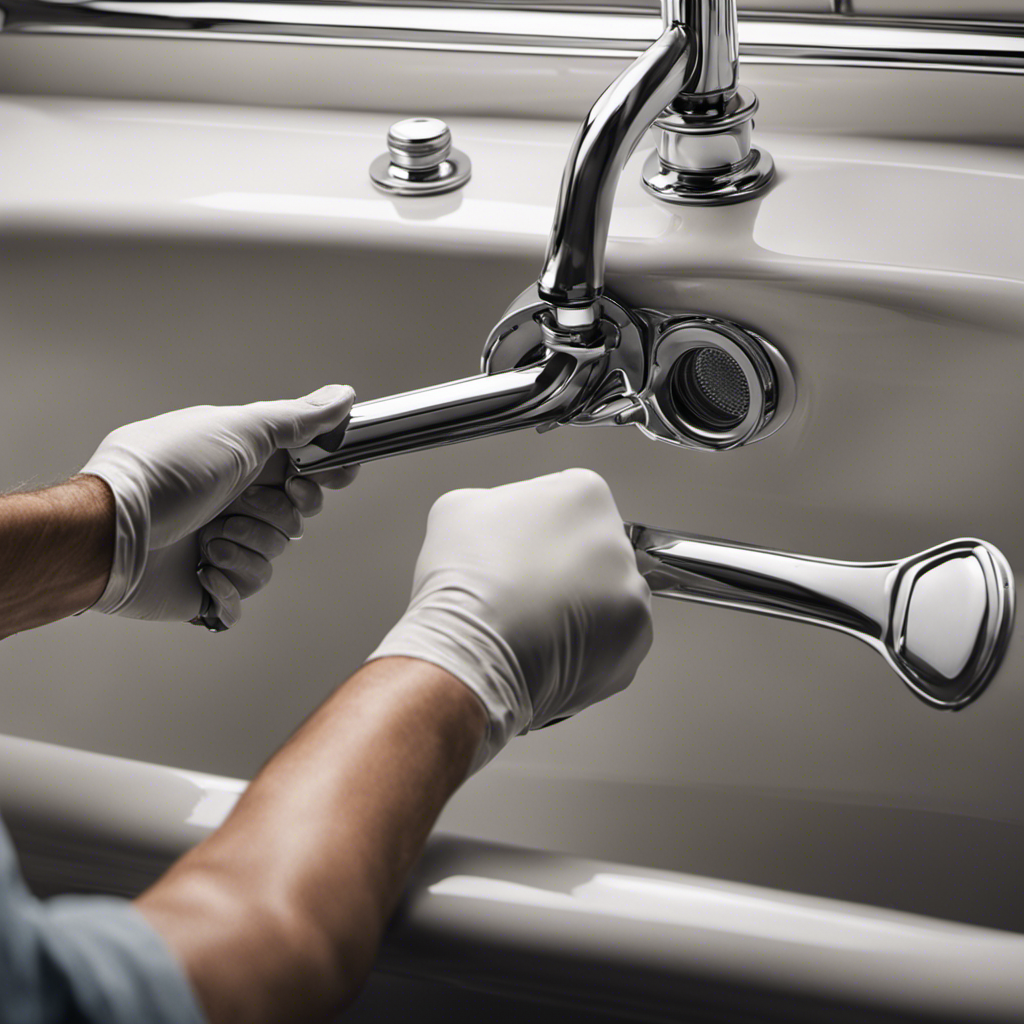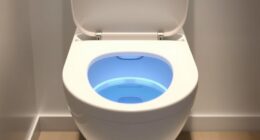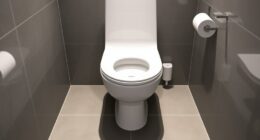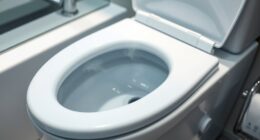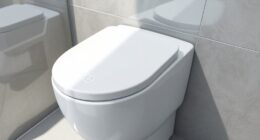Welcome to the mysterious journey of our flushed belongings. Ever wonder where they end up? Join us as we delve into the intricate world beneath our feet, where pipes and pumps guide our waste through the vast sewer system.
Discover the secrets of wastewater treatment plants, where the magic of purification unfolds. From the disposal of solid waste to its environmental impact, this article unveils the hidden truths behind what happens to our flushed treasures.
Get ready to explore and master the art of waste management.
Key Takeaways
- Flushing the toilet initiates the journey of waste through the sewer system, which relies on modern toilet technology for efficient and hygienic flushing.
- Plumbing infrastructure, including pipes, traps, vents, and sewage treatment plants, ensures the safe and effective disposal of waste.
- The sewer system infrastructure includes pipes, pumps, and pump stations that transport waste from homes to treatment plants, overcoming gravity and distance.
- The wastewater treatment process involves removing impurities and contaminants from flushed waste, transforming it into clean water and safe solids that can be recycled for purposes such as irrigation or energy production.
The Journey Begins: From Toilet to Sewer
Once we flush the toilet, our waste begins its journey through the sewer system.
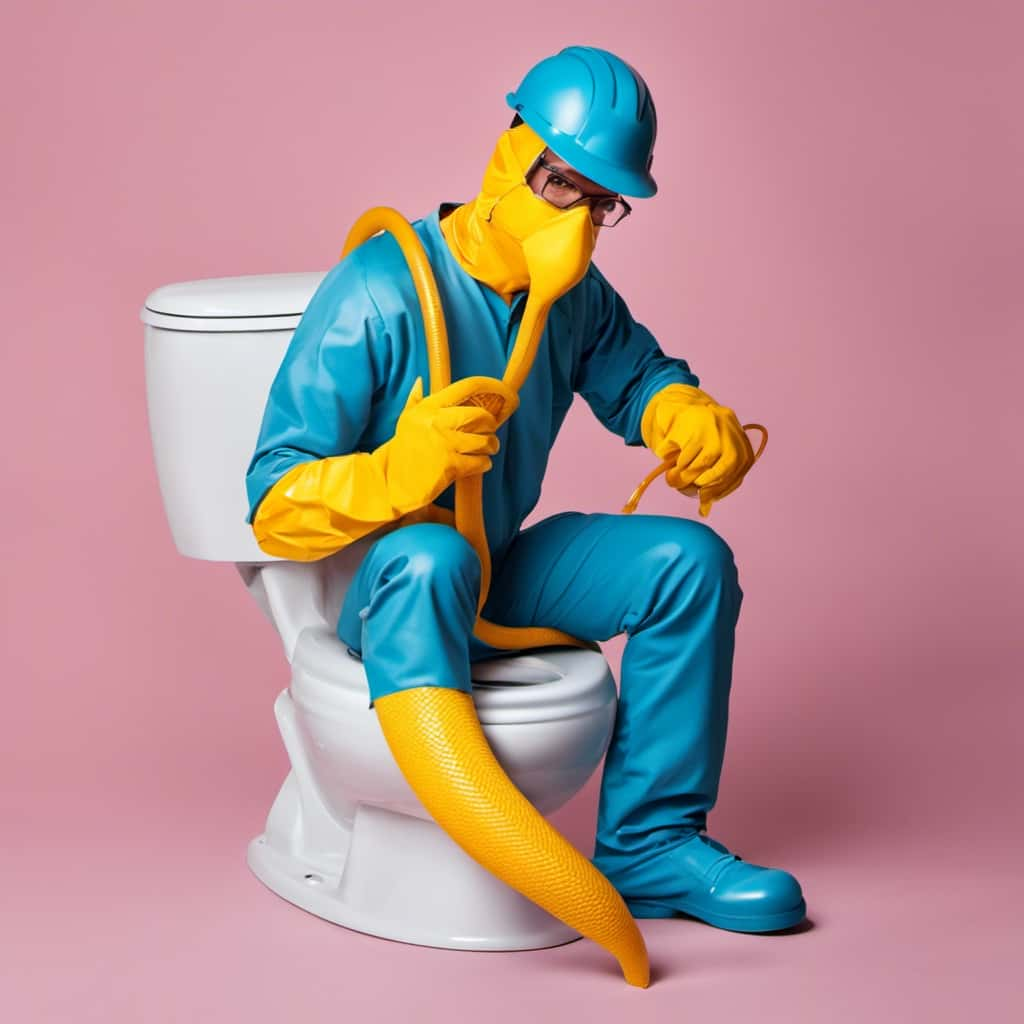
Modern toilet technology has seen significant advancements and innovations, making the process more efficient and hygienic.
Plumbing plays a crucial role in modern society, ensuring the safe and effective disposal of our waste.
When we flush, the water and waste are propelled through a network of pipes, guided by gravity and pressure.
Along the way, various mechanisms, such as traps, vents, and sewage treatment plants, help ensure the proper flow and treatment of the waste.
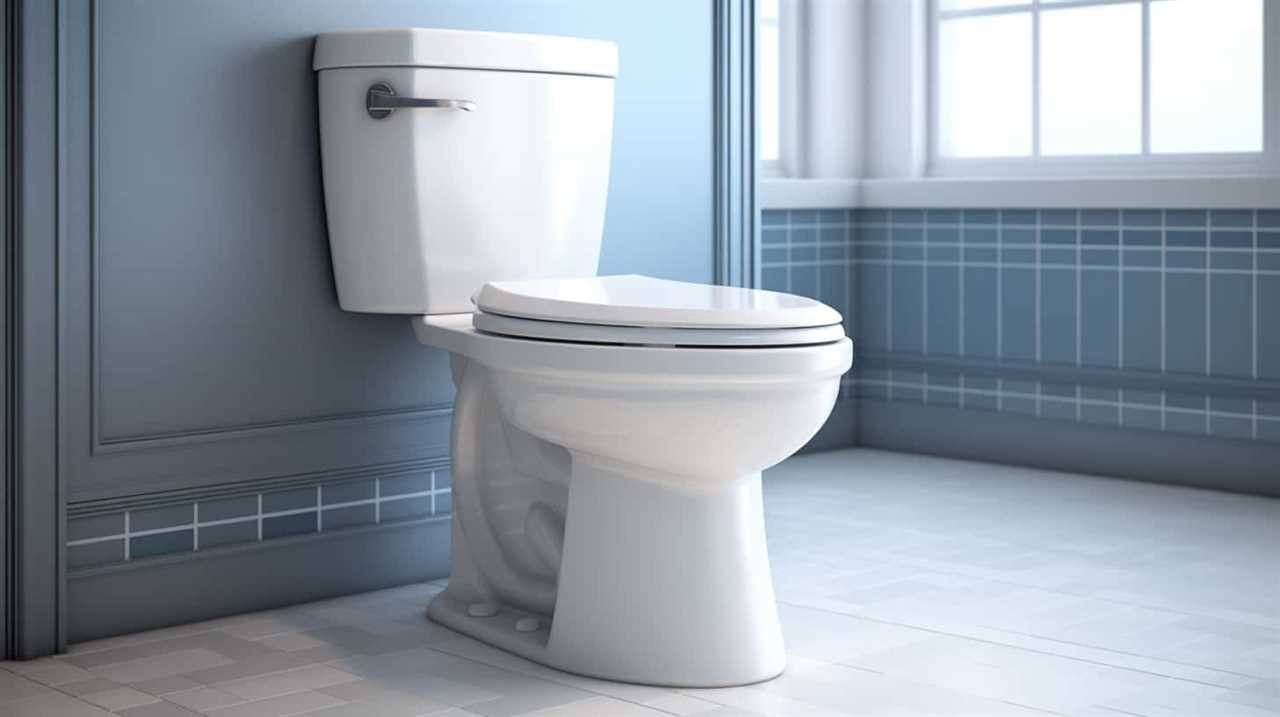
These advancements in toilet technology and plumbing have greatly improved public health and sanitation, preventing the spread of diseases and providing a clean and safe environment for us all.
Navigating the Sewer System: Pipes and Pumps
When we flush the toilet, the water and waste navigate through a network of pipes and pumps in the sewer system. These pipes and pumps play a crucial role in transporting the waste from our homes to the treatment plants. Pump stations are strategically placed along the sewer lines to ensure the smooth flow of wastewater. These stations use powerful pumps to push the waste through the pipes, overcoming gravity and distance. Regular pipe maintenance is essential to prevent clogs and blockages that can disrupt the system’s operation. It involves cleaning and inspecting the pipes, removing any debris or sediment buildup. By maintaining the pipes and keeping the pump stations in good working order, we can ensure the efficient and reliable operation of the sewer system.
| Pump Stations | Pipe Maintenance |
|---|---|
| Ensure smooth flow | Regular cleaning |
| Overcome gravity | Inspect for blockages |
| Push waste through | Remove debris buildup |
| Efficient operation | Prevent clogs |
Wastewater Treatment Plants: Where the Magic Happens
At wastewater treatment plants, we witness the transformation of flushed waste into clean water and safe solids. These facilities play a crucial role in protecting public health and the environment by treating the wastewater that enters their systems.
The treatment process involves several steps, each designed to remove impurities and contaminants from the wastewater. Once the solid waste is separated and treated, it can be used for energy production through processes like anaerobic digestion, which produces biogas. This biogas can be harnessed to generate electricity or heat.
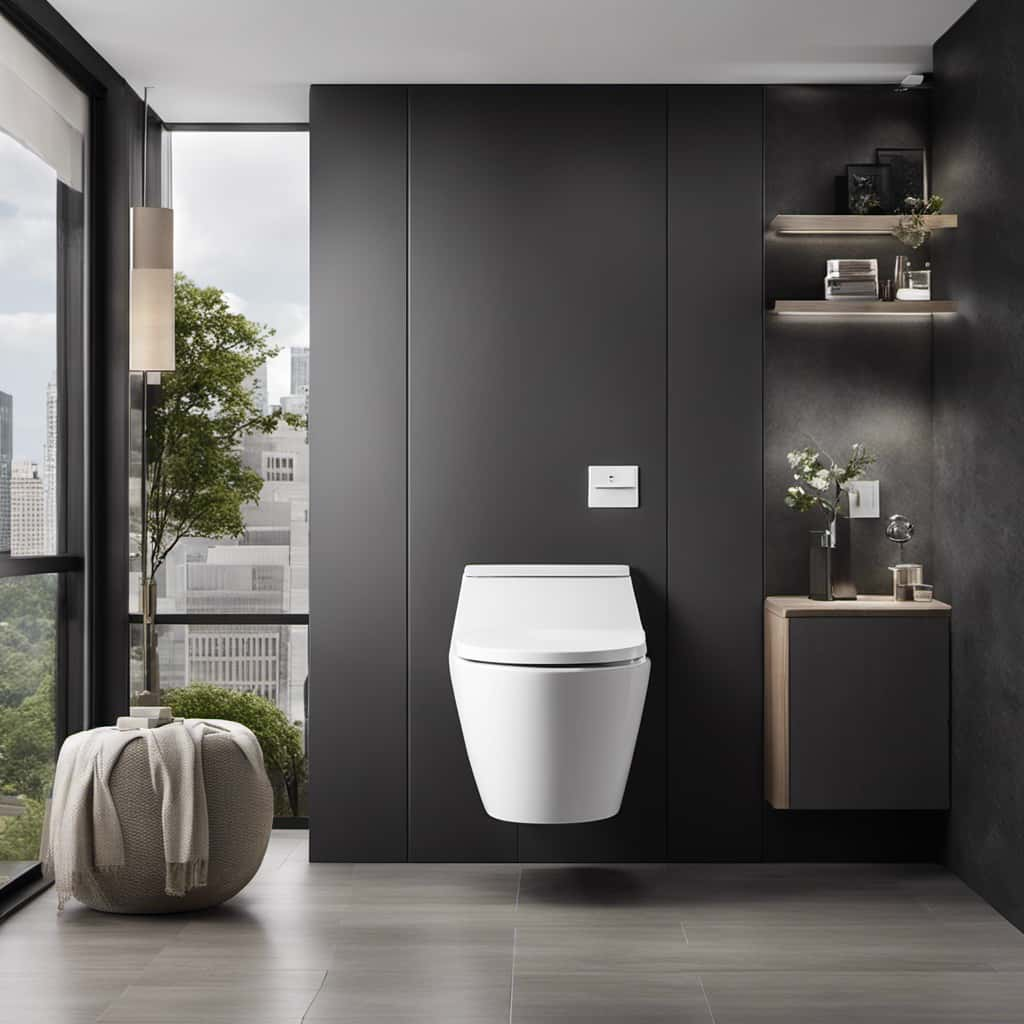
Additionally, wastewater treatment plants employ advanced technologies to recycle the treated water. This water can be reused for various purposes, such as irrigation, industrial processes, or even replenishing drinking water supplies.
Through energy production and water recycling, wastewater treatment plants contribute to a sustainable and efficient use of resources.
Dealing With Solid Waste: Sludge and Biosolids
After the solid waste is separated and treated at wastewater treatment plants, it undergoes further processing to produce sludge and biosolids. Sludge management is an important aspect of wastewater treatment, as it involves the proper handling and disposal of this residual material.
There are various recycling options available for sludge and biosolids, which help to minimize waste and maximize resource recovery. One common method is the use of sludge as a fertilizer in agriculture, where it can provide valuable nutrients to the soil. Another option is the production of biogas through anaerobic digestion, which can be used as a renewable energy source.
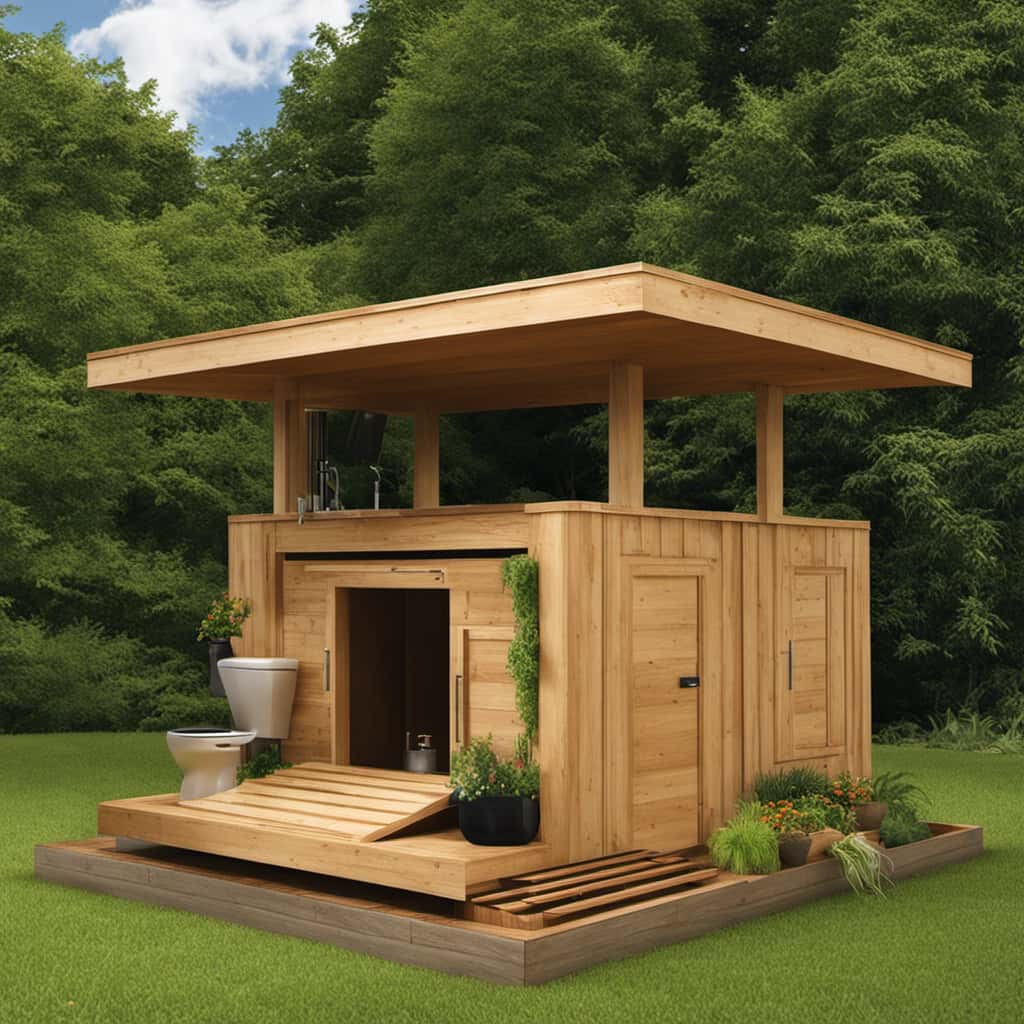
By exploring these recycling options, we can reduce the environmental impact of sludge and biosolids and contribute to a more sustainable wastewater treatment process.
As we delve into the final destination of sludge and biosolids, it’s important to consider the potential environmental impacts and the best practices for disposal.
The Final Destination: Disposal and Environmental Impacts
Once the sludge and biosolids have undergone further processing, we are left with a significant amount of residual material that needs to be properly disposed of and managed to minimize environmental impacts. To achieve this, various disposal methods and recycling options are available. Let’s take a closer look at these options in the table below:
| Disposal Methods | Recycling Options |
|---|---|
| Landfilling | Anaerobic digestion |
| Incineration | Composting |
| Ocean disposal | Energy recovery |
| Injection wells | Nutrient recovery |
| Land application |
Disposal methods involve the final removal of residual material from the treatment process. Landfilling is a common method, where the material is safely deposited in designated areas. Incineration, on the other hand, involves the controlled burning of the material, reducing its volume and transforming it into ash. Ocean disposal is another option, where the material is carefully released into the ocean under strict regulations. Injection wells involve deep underground disposal. Land application, however, allows the material to be used as fertilizer on agricultural lands.
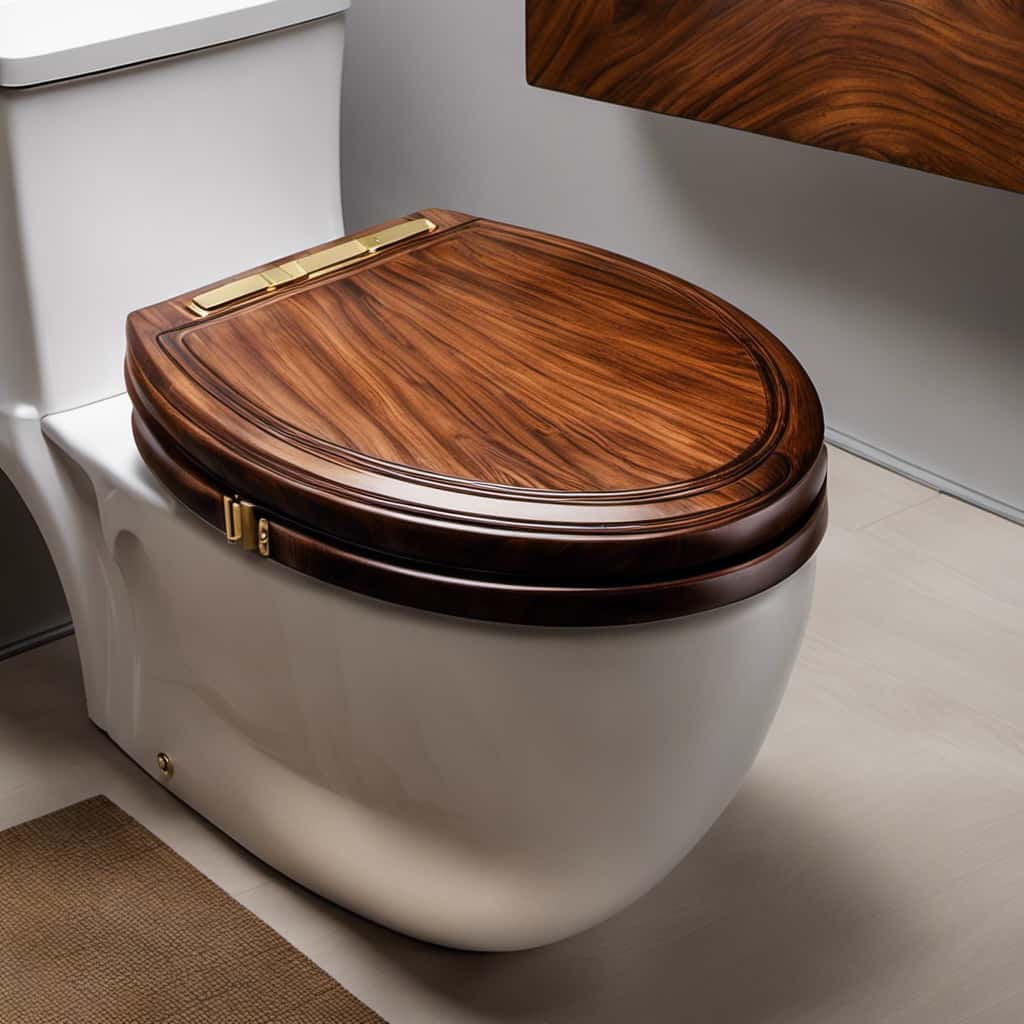
Recycling options aim to recover valuable resources from the residual material. Anaerobic digestion is a process that breaks down organic matter to produce biogas and nutrient-rich biosolids. Composting involves the controlled decomposition of the material to produce nutrient-rich soil amendment. Energy recovery utilizes the calorific value of the material to generate electricity or heat. Nutrient recovery focuses on extracting valuable nutrients from the material for use in fertilizers or other applications.
Frequently Asked Questions
How Can I Prevent Clogs in My Toilet?
To prevent clogs in our toilet, we can practice regular toilet maintenance. This includes avoiding flushing items that can cause blockages and being mindful of common toilet problems such as excessive toilet paper usage.
Is It Safe to Flush Feminine Hygiene Products Down the Toilet?
Flushing feminine hygiene products down the toilet is not safe. They can cause clogs in the plumbing system. It is important to use toilet paper alternatives and dispose of these products properly to prevent any issues.
Can Flushing Medications Down the Toilet Harm the Environment?
Flushing medications down the toilet can harm the environment due to the presence of flushing chemicals. This can have a significant impact on marine life, as these chemicals may contaminate water sources and disrupt delicate ecosystems.
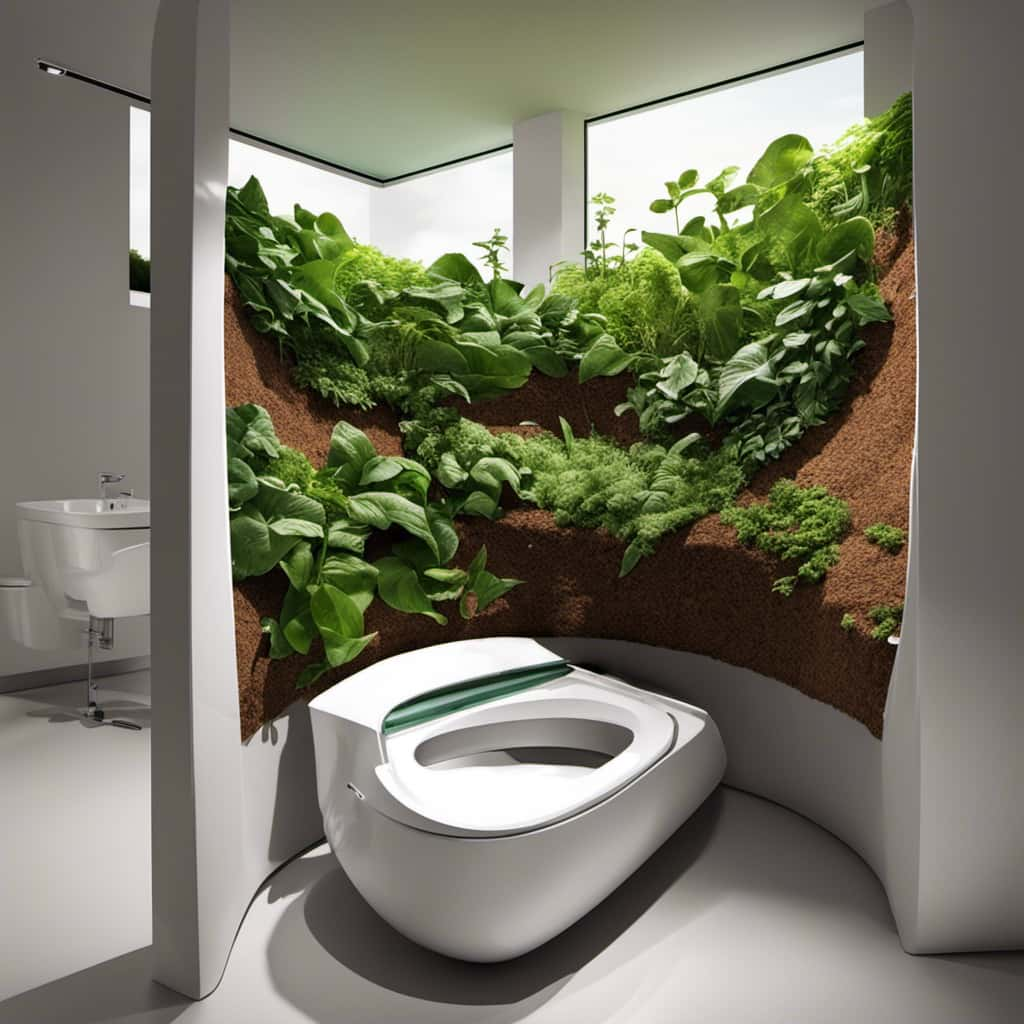
Are There Any Alternatives to Flushing Waste Down the Toilet?
Waterless toilets and composting toilets provide alternatives to flushing waste down the toilet. These systems use different methods to safely and efficiently manage waste, reducing environmental impact and promoting sustainable practices.
What Are the Potential Health Risks Associated With Exposure to Sewage?
Potential diseases can arise from exposure to sewage, making proper sewage disposal crucial. It is important to understand the health risks associated with sewage, such as bacterial and viral infections, to ensure public safety.
Conclusion
In conclusion, the journey of flushed items takes us through a complex system of pipes and pumps, leading to wastewater treatment plants where the magic of purification occurs.
Solid waste is transformed into sludge and biosolids, which are then carefully disposed of.
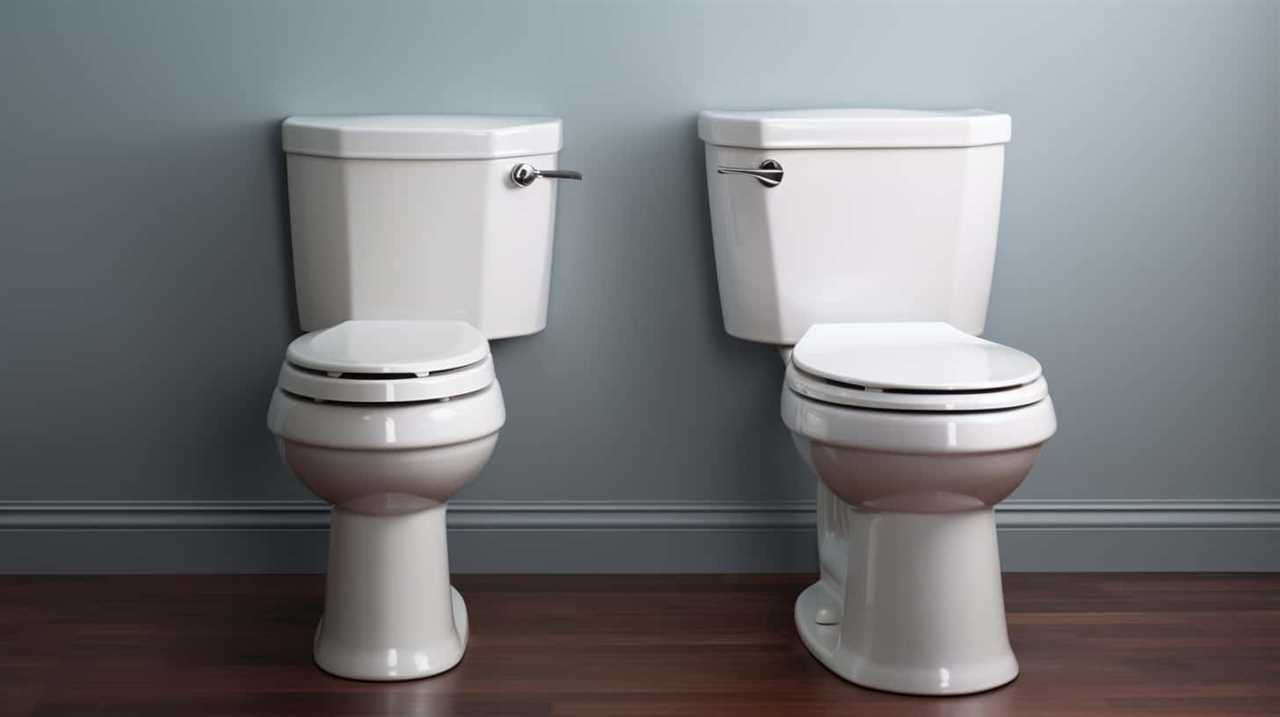
This intricate process ensures that our environment is protected from any potential harm.
Like a well-orchestrated symphony, the flushing and treatment of waste flow seamlessly, working together to create a cleaner and safer world.

